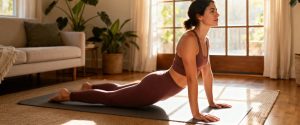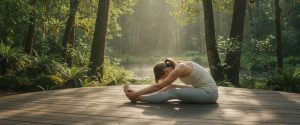Ananda Balasana, also known as the happy baby pose, is a restorative asana that invites relaxation and connection with the body. It is characterized by its ability to release tension in the lower back, open the hips, and calm the nervous system.
Its regular practice helps to soften stiffness in the lumbar and pelvic area, promoting a feeling of lightness and well-being.
Beyond its physical benefits, this yoga pose reminds us of the importance of letting go and surrendering to the present moment. In many yoga traditions, it is considered an asana that encourages joy and freedom, imitating the naturalness with which a baby explores his own body.
Practicing Ananda Balasana with conscious breathing not only relieves stress, but also allows you to enter a state of deep relaxation and inner connection.
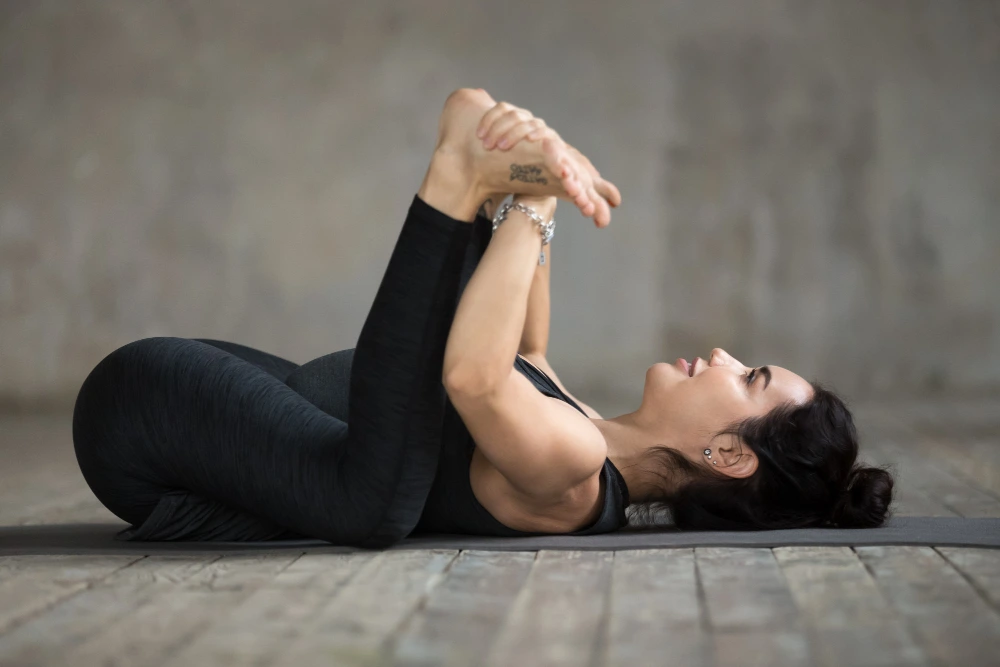
Meaning of Happy Baby Pose
The name Ananda Balasana comes from Sanskrit, where Ananda means happiness or bliss, Bala translates to baby, and Asana means pose. Its name perfectly reflects the nature of this asana, as it imitates the way babies play with their feet, moving with freedom and joy.
Beyond its literal meaning, this posture symbolizes innocence, relaxation, and well-being. In yoga, it is considered a restorative asana that allows you to release tension and let go of control, reminding us of the importance of surrendering to the present moment.
If you're interested in Yoga Nidra, you can check out our Yoga Nidra course.
Your practice connects us with a feeling of lightness and spontaneity, fostering a state of inner calm and joy.
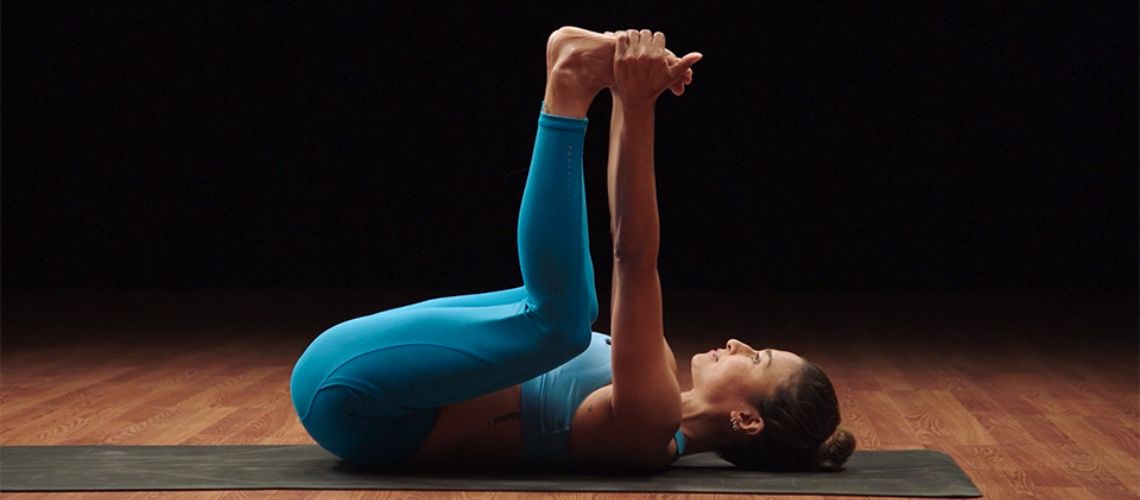
Ananda Balasana Variants
Ananda Balasana is an accessible pose, but it can be adapted according to the needs of each practitioner. Here are three variations that will allow you to modify the intensity and deepen its benefits:
- Ananda Balasana with Belt: If there is stiffness in the hips or difficulty in reaching the feet, yoga belts can be used around the sole of each foot. This allows you to relax the shoulders and maintain the posture without generating tension in the upper part of the body.
- Dynamic Ananda Balasana: Instead of maintaining the static posture, gentle side-to-side movements can be performed. This variation helps to massage the lumbar area, improve circulation in the lower back and relax the muscles of the pelvis.
- Happy Baby Pose with Crossed Legs: For those looking for a different variation, the ankles can be crossed instead of keeping the knees apart. This changes the focus of the stretch, allowing for a different opening in the hips and activating other muscle groups in the pelvis.
Each of these variations allows you to adjust the posture to the body’s needs, ensuring a more comfortable and effective practice.
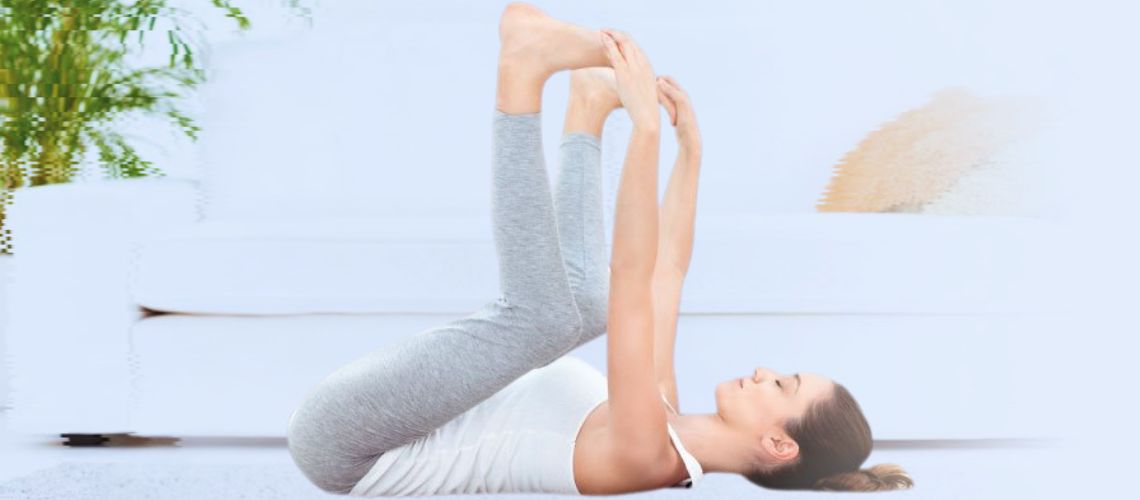
Benefits of Happy Baby Pose
More than a relaxation posture, Happy Baby Pose is a powerful tool for releasing tension, improving mobility and connecting with a feeling of calm and well-being. Its regular practice not only benefits the body, but also positively impacts the mind and emotions.
At a physical level, this posture allows a deep stretch of the hips and lower back, releasing accumulated stiffness and improving joint mobility. It also strengthens the core and lower back muscles, as it requires a slight abdominal activation to maintain balance.
In addition, gentle pressure on the abdomen stimulates the digestive system, promoting intestinal transit and relieving stomach discomfort.
On the mental and emotional plane, Ananda Balasana invites you to let go of control and connect with a state of joy and relaxation. By imitating the natural posture of a baby exploring his body, it awakens a feeling of lightness and freedom, helping to reduce stress and anxiety.
Its playful quality can also stimulate creativity and self-acceptance, allowing you to enjoy movement without judgment or demands.
Due to its versatility, this posture is found both in dynamic yoga sequences and restorative practices, easily integrating into any level of experience. It can be combined with asanas like Baddha Konasana to enhance hip opening or with inversion postures for a greater sense of rest and relaxation.
Whether you’re a beginner or an advanced practitioner, including Happy Baby Pose in your yoga routine will provide you with a space of comfort and well-being, reminding you of the importance of letting go, breathing, and enjoying the present moment.
